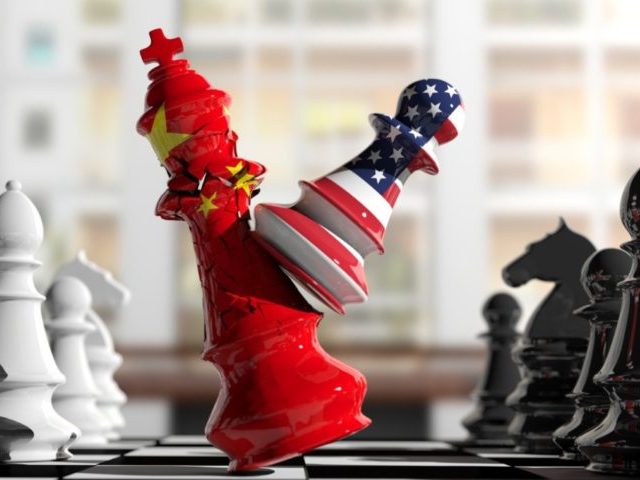Trump administration has achieved a historic trade agreement with China that should reduce the imbalance of trade and make it harder for China to continue its predatory mercantilist policies.
The phase one trade agreement signed by China and the U.S. at the White House Wednesday permits the U.S. to levy tariffs and take other actions to punish violations of the agreement. It sets up a process of consultations over disputes that could be resolved within 90 days and result in the U.S. unilaterally imposing higher tariffs if it is not satisfied with China’s response.
That is a much more direct and much quicker resolution than would be available to the U.S. under the World Trade Organization’s dispute resolution mechanisms. What’s more, it puts the final authority on whether to initiate new tariffs or raise existing ones in the hands of U.S. officials instead of an international tribunal.
Under the deal, China agreed not to retaliate against tariffs imposed by the U.S. after good faith negotiations. That would bar the kind of tit-for-tat tariff wars that have raged between the two countries for nearly two years. If China disagrees with the U.S. decision to impose tariffs, its only remedy would be to exit the agreement altogether.
The simplicity of the enforcement mechanism is its greatest strength. The opacity of China’s economy makes proving abusive practices difficult, particularly when they involve forced technology transfers and non-tariff trade barriers. Under the phase one agreement, the U.S. will not have to prove trade abuses in an international court. It can simply declare that it has found them to its own satisfaction.
“The language also makes clear that, in order to go ahead with tariffs, Washington won’t need much evidence any kind of Chinese failure to respond adequately to complaints,” leading economic nationalist Alan Toneleson wrote Wednesday. “In fact, no meaningful evidentiary standards are specified at all. In other words, it’s entirely up to the United States to decide on the threshold for action.”
The effectiveness of the phase one deal will rely on U.S. officials having “nerves of steel,” as Tonelson put it. If U.S. officials fear China’s exit from the deal or refuse to impose higher tariffs, the deal will prove toothless. While President Donald Trump has demonstrated a willingness to impose tariffs, there is a danger that future presidents could take a softer stance on Chinese trade abuses.
The trade deficit should contract under the deal because China has agreed to increase its purchases of U.S. goods and services. The exact amounts China has agreed to will remain confidential, a reasonable concession to avoid market manipulation in advance of China’s purchases. Importantly, China’s commitments on purchases are also simple: China has promised it will buy more. This avoids the problem of deciding whether China’s tariffs rates or nontariff barriers are too high. China can maintain tariffs if it wants to but that will simply increase the cost to its importers of meeting the quotas it has agreed to.
While some economic nationalists have raised concerns that the U.S. was giving up too much now in exchange for promises of better conduct by China in the future, raising the possibility that China will reneg or fail to live up to its commitments, that does not appear to be the case. The U.S. has agreed to cancel the tariff hikes planned for October and December and to cut in half the September tariff hike but all the earlier tariffs remain in place. And the agreement allows the U.S. to raise tariffs if China does fail to act in accordance with the agreement.

COMMENTS
Please let us know if you're having issues with commenting.